
The Zebra Cowrie, scientifically known as Cypraea ziczac, is a fascinating marine creature that attracts attention for its unique appearance.
With its striking zigzag patterns, this cowrie is not only a beautiful addition to the ocean's ecosystem but also holds cultural significance in various communities. Found primarily in the warm waters of the Indo-Pacific region, this species demonstrates a rich diversity that makes it a subject of interest for marine enthusiasts and collectors alike.
Identifying the Zebra Cowrie can be straightforward due to its distinct markings and size. These snails can grow up to four inches and are often located in shallow waters among rocks or coral slabs. Their habitat ranges from North Carolina down to Mexico and Brazil, showcasing their adaptability to different marine environments.
Beyond their ecological role, Zebra Cowries have historically been used in crafting and jewelry, increasing their value to cultures around the world. As this blog post unfolds, it will explore their characteristics, habitats, and significance in societies, bringing greater appreciation to this remarkable species.
Key Takeaways
- The Zebra Cowrie is known for its unique zigzag patterns and vibrant appearance.
- It thrives in warm, shallow waters from North Carolina to Brazil.
- This species holds cultural and economic importance for crafting and jewelry.
Identification Guide
The Zebra Cowrie, or Cypraea ziczac, is distinct and can be identified by specific features. This guide will help in recognizing this species by detailing its physical traits and comparing it to similar cowries.
How to Identify a Zebra Cowrie (Cypraea ziczac)
To identify a Zebra Cowrie, look for its smooth, shiny shell that is usually oval in shape. The coloration typically features a striking pattern of black and white or cream stripes. These stripes create a "zebra" appearance, hence the name. The shell can reach about 4 inches in length.
Inspect the aperture of the shell as well. It is narrow and elongated, with a distinct groove along the inside. This groove is a key feature that helps in differentiating it from other cowry species.
Characteristics
The Zebra Cowrie has several notable characteristics. The shell is generally smooth and shiny, with a polished finish that enhances its appeal. The pattern of stripes is unique, making it easily recognizable.
In terms of habitat, these cowries are often found in shallow waters, typically attached to rocks or coral. They prefer tropical and sub-tropical regions, where they blend into their coral reef surroundings.
Save 50%
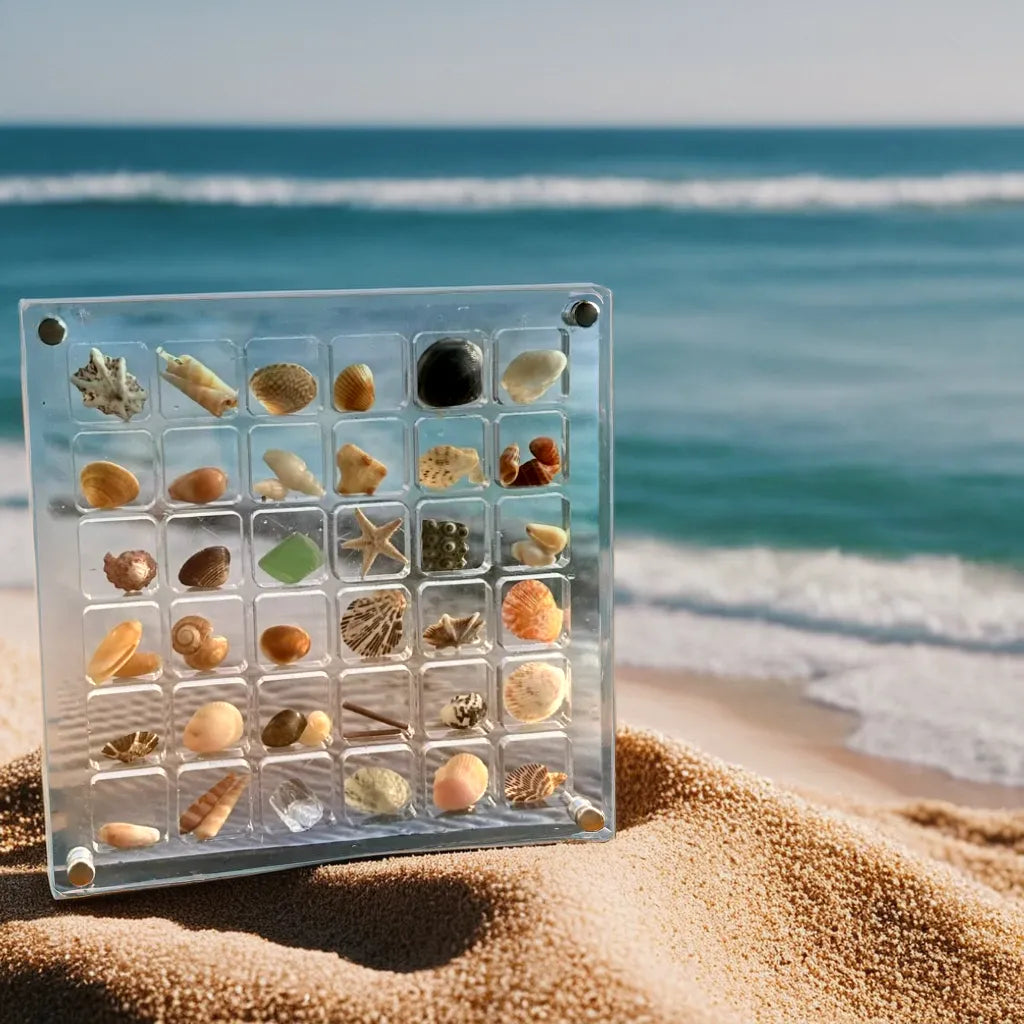
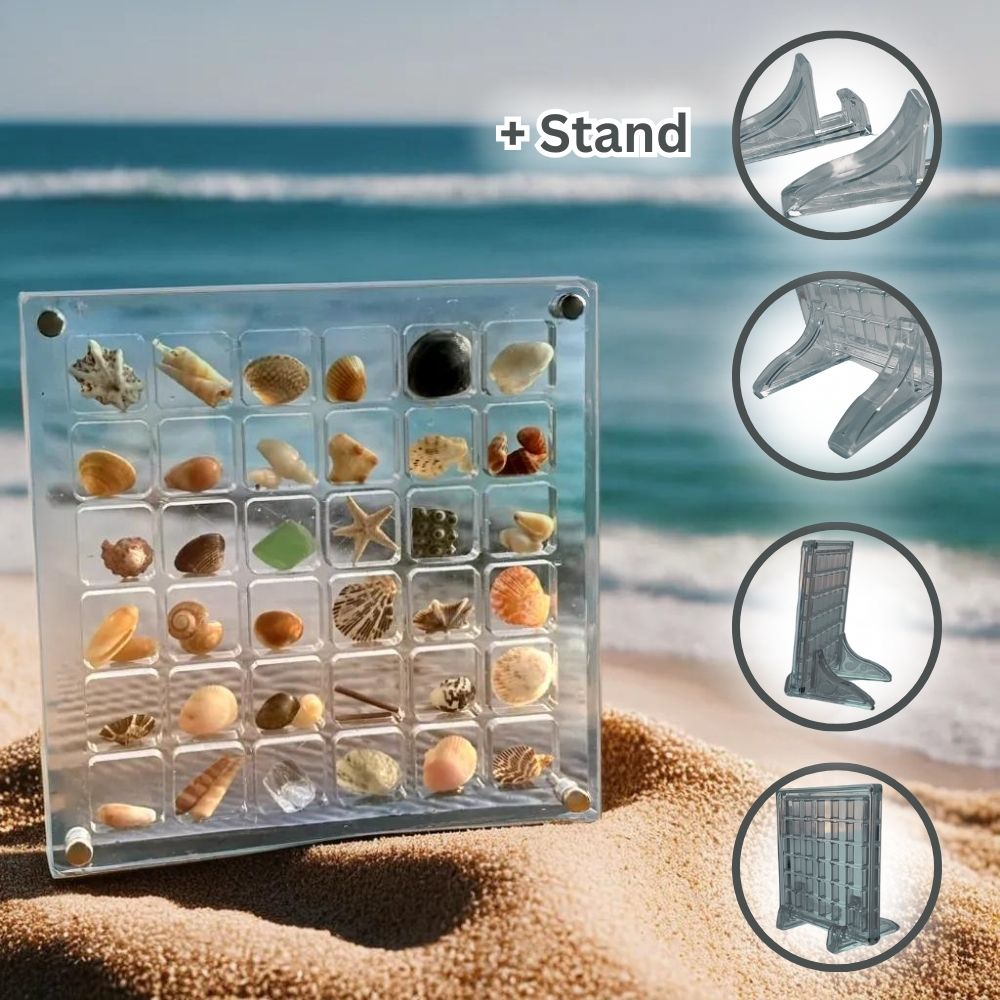
The height of the shell is usually slightly less than its length, giving it a sculpted look. It also has a solid structure, which protects it from predators.
Comparison To Similar Species
When comparing the Zebra Cowrie to similar species, the most notable is the Measled Cowrie (Macrocypraea zebra). This cowrie has similar habitats but features an alternate color pattern with ocellated spots.
Another species to consider is the Deer Cowrie (Cypraea lignaria), which has a different shell shape and markings.
| Characteristics |
Zebra Cowrie (Cypraea ziczac) |
Measled Cowrie (Macrocypraea zebra) |
Deer Cowrie (Cypraea lignaria) |
| Shell Shape |
Oval |
Similar oval shape |
Flatter appearance |
| Color Pattern |
Striped |
Ocellated spots |
Different, less distinct pattern |
| Length |
Up to 4 inches |
Up to 4 inches |
Larger, up to 6 inches |
Recognizing these differences is crucial for accurate identification in the field.
Distribution & Habitat
The Zebra Cowrie, known scientifically as
Cypraea ziczac, thrives in specific marine environments. Understanding its distribution and habitat is vital for conservation efforts and for those interested in marine life.
Where to Find Zebra Cowrie (Cypraea ziczac)
Zebra Cowries are generally found in tropical waters. They inhabit the Indo-West Pacific region, extending from areas around the Solitary Islands in New South Wales to various islands in the wider Pacific.
These snails prefer shallow reef environments and sandy substrates. They typically reside at depths between
20 and 50 meters. This depth range provides them adequate access to prey, such as algae and detritus.
Given their preference for warm waters, they thrive in regions where other marine life flourishes. Their distribution is crucial for studying ecosystem health, as they serve as indicators of environmental changes.
Cultural & Economic Importance
The Zebra Cowrie, known scientifically as
Cypraea ziczac, has played a significant cultural and economic role throughout history. Its unique appearance and rarity have made it a valuable item in various societies. Additionally, the legal status of this species shapes its conservation and trade.
The Zebra Cowrie (Cypraea ziczac) in Culture
Zebra Cowries have long been used in traditional practices and art. Many cultures regard these shells as symbols of wealth and status. In places like West Africa, they were often used as currency in trade, highlighting their economic value.
Save 20%
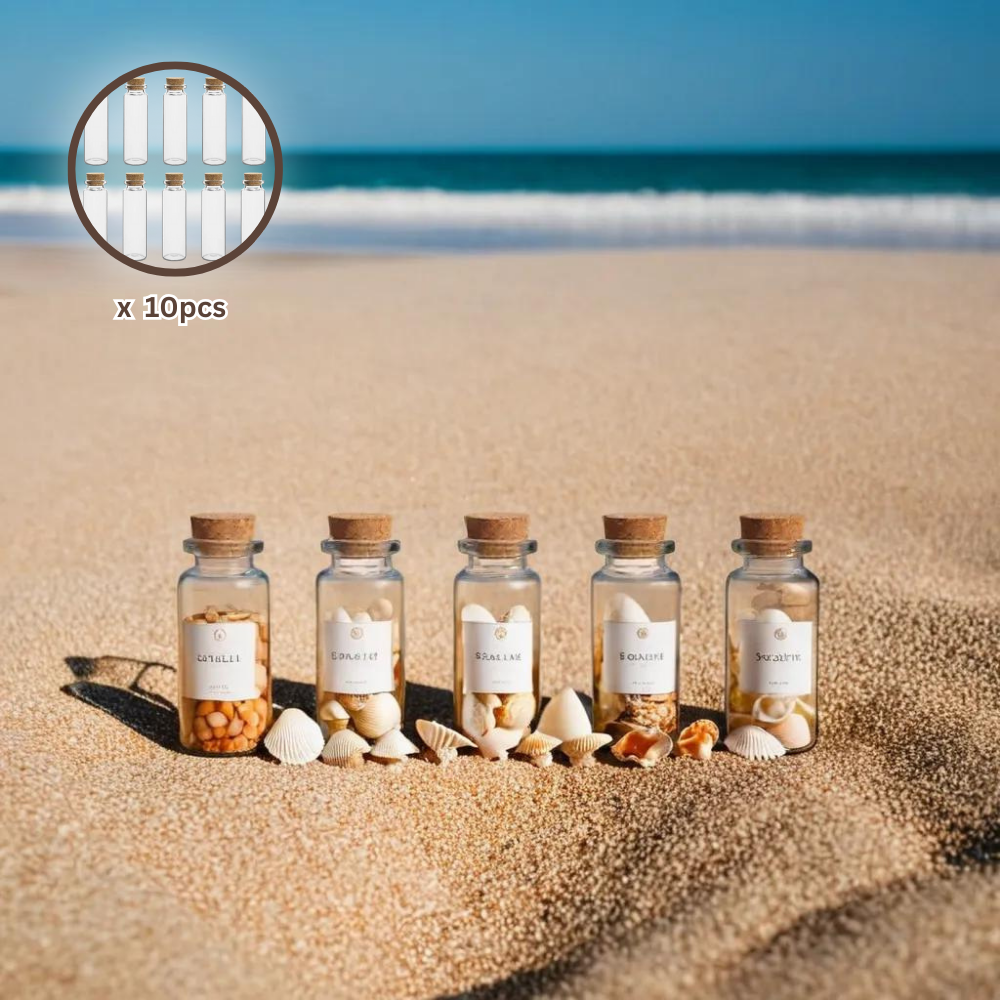
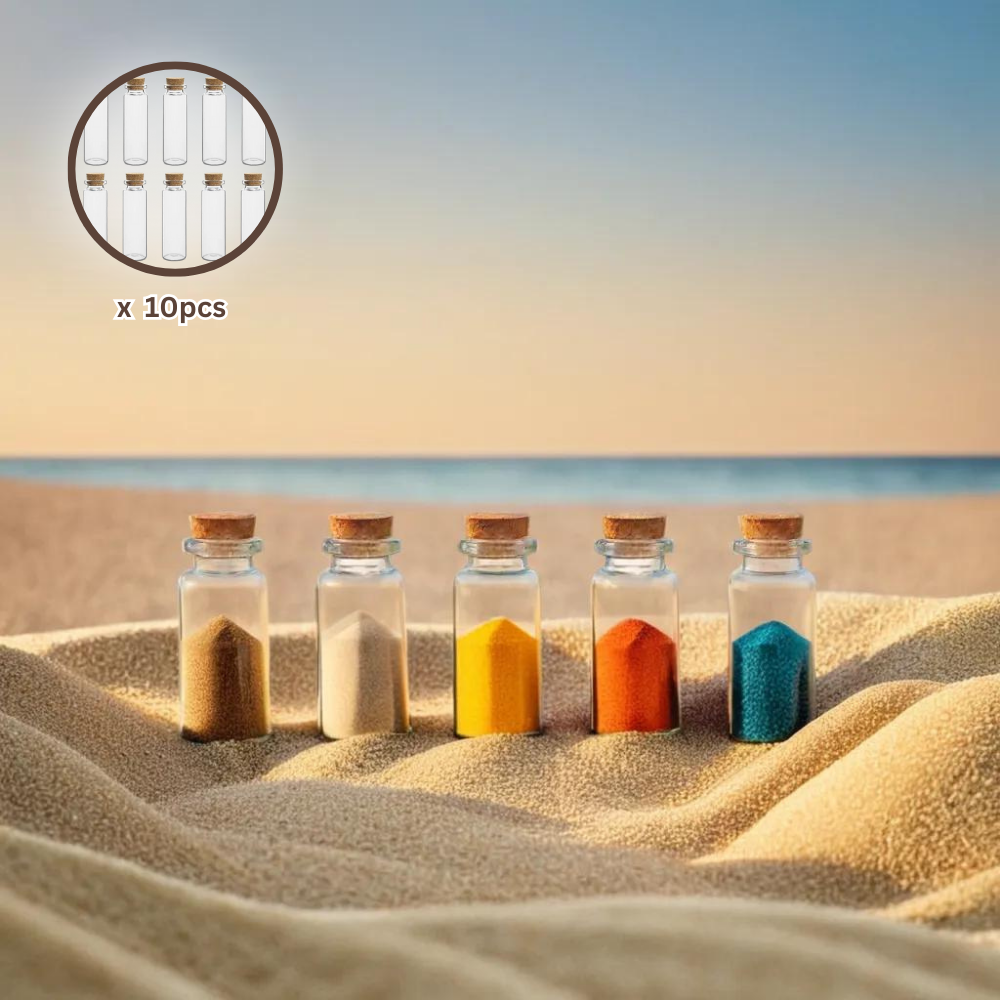
In some communities, these shells are also used for decorative purposes. Artisans craft jewelry, embellishments, and ceremonial items from Zebra Cowries. Their striking patterns and colors make them highly sought after in crafting. This cultural significance continues to impact their demand today.
Legal Status
The Zebra Cowrie is protected under various legal frameworks to prevent overexploitation. Many countries have laws regulating the collection and trade of these shells, ensuring sustainable practices.
Internationally, the trade of
Cypraea ziczac is monitored under conventions aimed at preserving marine biodiversity. Compliance with these regulations is crucial for maintaining their populations. Buyers and sellers must stay informed about current laws to avoid unlawful activities in the marketplace.
Zebra Cowrie (Cypraea ziczac) Crafting
Zebra cowries, known for their unique patterns, are popular in crafting. Their glossy shells look attractive and can enhance various projects.
Common Uses
-
Jewelry: Artists often use zebra cowries in necklaces, bracelets, and earrings. Their shape and design make them eye-catching.
-
Decorative Items: Craft lovers incorporate these shells into home décor, such as wall hangings and mirrors.
-
Artwork: They can be used in collage art, offering texture and interest.
Crafting Techniques
-
Drilling Holes: For jewelry, holes can be drilled carefully to attach them to wires or chains.
-
Adhesives: Strong adhesives help secure shells to surfaces in decorative pieces.
-
Painting: Some crafters choose to paint shells for added color or effect.
Care Tips
-
Cleaning: Gently wash the shells with mild soap and water to maintain shine.
-
Storage: Keep them in a dry place to prevent damage.
Using zebra cowries in crafting not only highlights their beauty but also connects crafters with nature. Each shell adds a unique touch to creative projects.
Frequently Asked Questions
This section addresses common questions about the Zebra Cowrie. It provides information on its size, care in captivity, geological history, scientific classification, pronunciation, and distinctive features.
What is the typical size of a Zebra Cowrie?
The Zebra Cowrie typically ranges from 60 to 133 millimeters in length. This size can vary based on the individual and environmental factors.
How should one properly care for a Zebra Cowrie in captivity?
To care for a Zebra Cowrie in captivity, it is important to provide a clean, stable environment. Use a saltwater aquarium with proper filtration. They require a diet of algae and detritus, so supplement their food accordingly.
During which geological time period did the Genus Cypraea thrive?
The Genus Cypraea has been present since the Cretaceous period, which started around 145 million years ago. Fossils indicate that this group has adapted and thrived through various geological epochs.
What is the current scientific classification of the Zebra Cowrie?
The current scientific classification of the Zebra Cowrie is as follows:
- Kingdom: Animalia
- Phylum: Mollusca
- Class: Gastropoda
- Order: Cypraeida
- Family: Cypraeidae
- Genus: Cypraea
- Species: Cypraea ziczac
How is the name 'Cypraea' correctly pronounced?
Save 42%

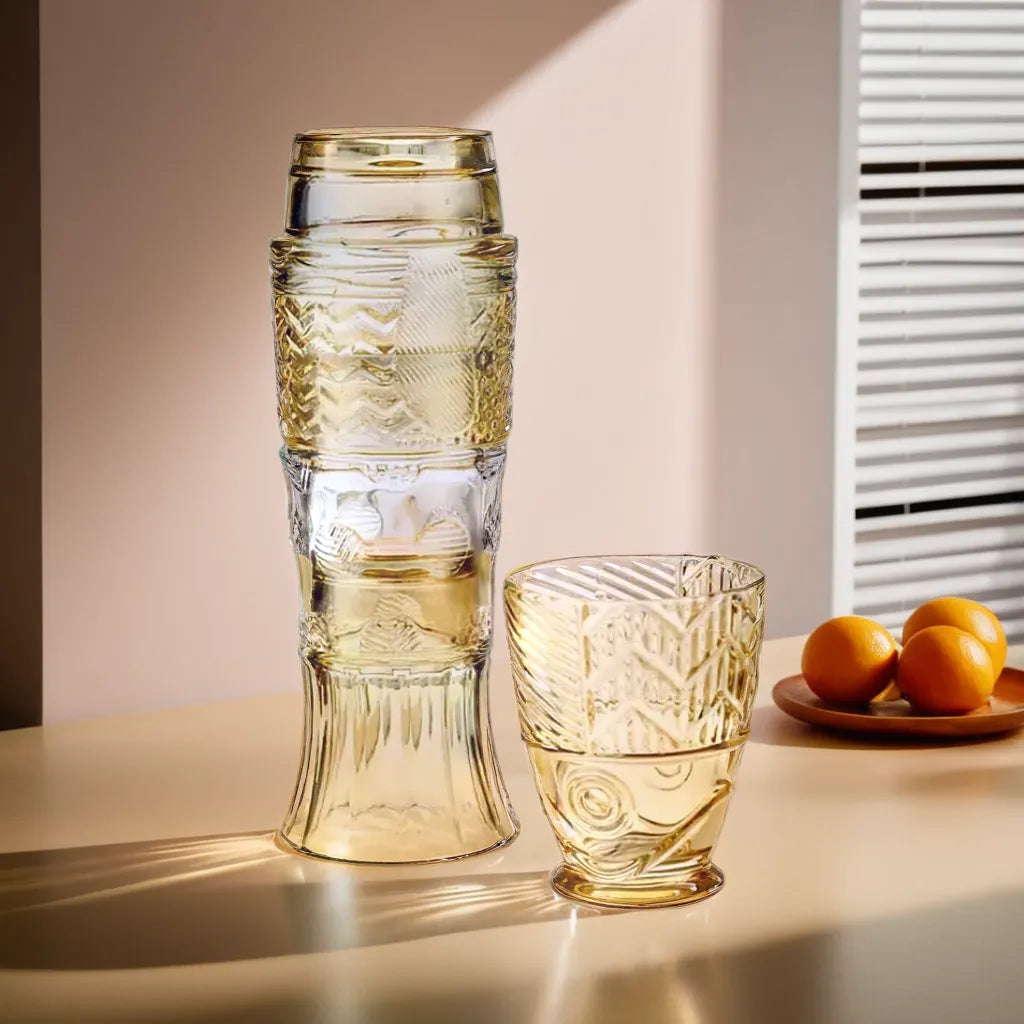
The name 'Cypraea' is correctly pronounced as "sip-REE-uh." This pronunciation emphasizes the second syllable, aligning with Latin roots.
What are the distinctive morphological features of the Zebra Cowrie?
The Zebra Cowrie features a glossy shell that is usually white with distinct dark brown or black spots. Its shape is elongated and somewhat flattened, which helps it blend into its environment on coral reefs.
 The Zebra Cowrie, scientifically known as Cypraea ziczac, is a fascinating marine creature that attracts attention for its unique appearance. With its striking zigzag patterns, this cowrie is not only a beautiful addition to the ocean's ecosystem but also holds cultural significance in various communities. Found primarily in the warm waters of the Indo-Pacific region, this species demonstrates a rich diversity that makes it a subject of interest for marine enthusiasts and collectors alike.
Identifying the Zebra Cowrie can be straightforward due to its distinct markings and size. These snails can grow up to four inches and are often located in shallow waters among rocks or coral slabs. Their habitat ranges from North Carolina down to Mexico and Brazil, showcasing their adaptability to different marine environments.
Beyond their ecological role, Zebra Cowries have historically been used in crafting and jewelry, increasing their value to cultures around the world. As this blog post unfolds, it will explore their characteristics, habitats, and significance in societies, bringing greater appreciation to this remarkable species.
The Zebra Cowrie, scientifically known as Cypraea ziczac, is a fascinating marine creature that attracts attention for its unique appearance. With its striking zigzag patterns, this cowrie is not only a beautiful addition to the ocean's ecosystem but also holds cultural significance in various communities. Found primarily in the warm waters of the Indo-Pacific region, this species demonstrates a rich diversity that makes it a subject of interest for marine enthusiasts and collectors alike.
Identifying the Zebra Cowrie can be straightforward due to its distinct markings and size. These snails can grow up to four inches and are often located in shallow waters among rocks or coral slabs. Their habitat ranges from North Carolina down to Mexico and Brazil, showcasing their adaptability to different marine environments.
Beyond their ecological role, Zebra Cowries have historically been used in crafting and jewelry, increasing their value to cultures around the world. As this blog post unfolds, it will explore their characteristics, habitats, and significance in societies, bringing greater appreciation to this remarkable species.























